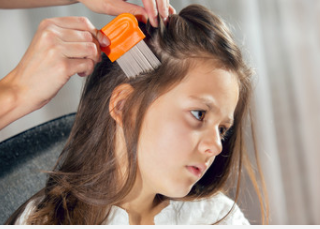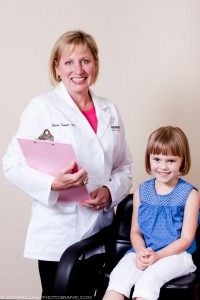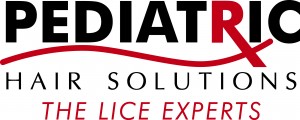By Sheila Fassler, RN – Owner of Pediatric Hair Solutions
School is in full swing and some of you have already received the dreaded ‘lice letter’ with news that a case of head lice has been discovered in your child’s classroom. If that’s followed by the discovery that your own child has head lice, make sure you know the facts before making your next move. There is A LOT misinformation on the internet that can lead to all-out panic, ineffective treatments and over the top cleaning that’s not necessary.
Here’s a helpful list of DO’s and DON’Ts that will help you get your child lice-free and keep your sanity in the process.
1. Don’t panic. Head lice are a nuisance but they are not harmful. Also remember that lice do not discriminate! They like all heads (of all ages) and often prefer clean hair.
2. Do get all household members checked by professionals. Head lice is very contagious. If one child in your family has lice there is a good chance someone else in the household is positive, so it’s important to have everyone checked.
3. Do find a safe and effective treatment. Know the facts about treatment options before making a decision. 98% of head lice have developed resistance to over-the-counter lice shampoos that contain pesticides like Rid and Nix. Instead of using chemicals to kill lice, it’s more effective and safe to use a physical method of eradication. Manual combing can work but every single egg must be removed to be successful. At Pediatric Hair Solutions, we use a non-toxic solution that suffocates adult bugs and a heated air device that dehydrates and kills the eggs.
4. Don’t throw away combs, hair accessories, bedding, stuffed animals, etc. Lice cannot survive off the head for more than 24-48 hours so there is no reason to permanently get rid of anything. Put bedding in the dryer on high heat for 45 minutes. Washing is not necessary, water has no effect on lice. Anything that cannot be put in the dryer should be isolated in a bag for 48 hours. Our full home cleaning guide can be found here.
5. Don’t use chemical sprays in your home. Lice live on the human head, not in the home environment. Spraying chemicals in the home can be harmful to children and pets with little to no effect on lice.
6. Do notify others you’ve been in close contact with that your child has lice. Lice is the second most common communicable disease next to the cold, so there is no reason to be embarrassed letting others know your child has head lice. Notifying other families will help reduce the risk of spread and re-infestation.
7. Do follow prevention tips in the future. Avoid direct head to head contact as much as possible. Girls should wear their hair in tight buns or braids. Mint scented prevention spray is helpful as lice have an acute sense of smell.
About the Author:
Sheila Fassler, RN, worked as an Intensive Care Unit nurse and a volunteer school nurse at her children’s elementary school. She founded and owns Pediatric Hair Solutions, the only licensed health care facility dedicated to the treatment of head lice, located in South Charlotte, Lake Norman and 6 other locations in the Carolinas. Sheila was born and raised in Youngstown, Ohio. She attended the Akron University College of Nursing. After marrying her husband, the two moved to the Carolinas to start a family. The couple’s two children both attend the University of South Carolina.
You can find Pediatric Hair Solutions at:
Pediatric Hair Solutions – Charlotte
6923 Shannon Willow Rd, Suite 100
Charlotte, NC 28226
(P)704-909-9414
facebook: www.facebook.com/PHSCharlotte
twitter: twitter.com/phscharlotte





